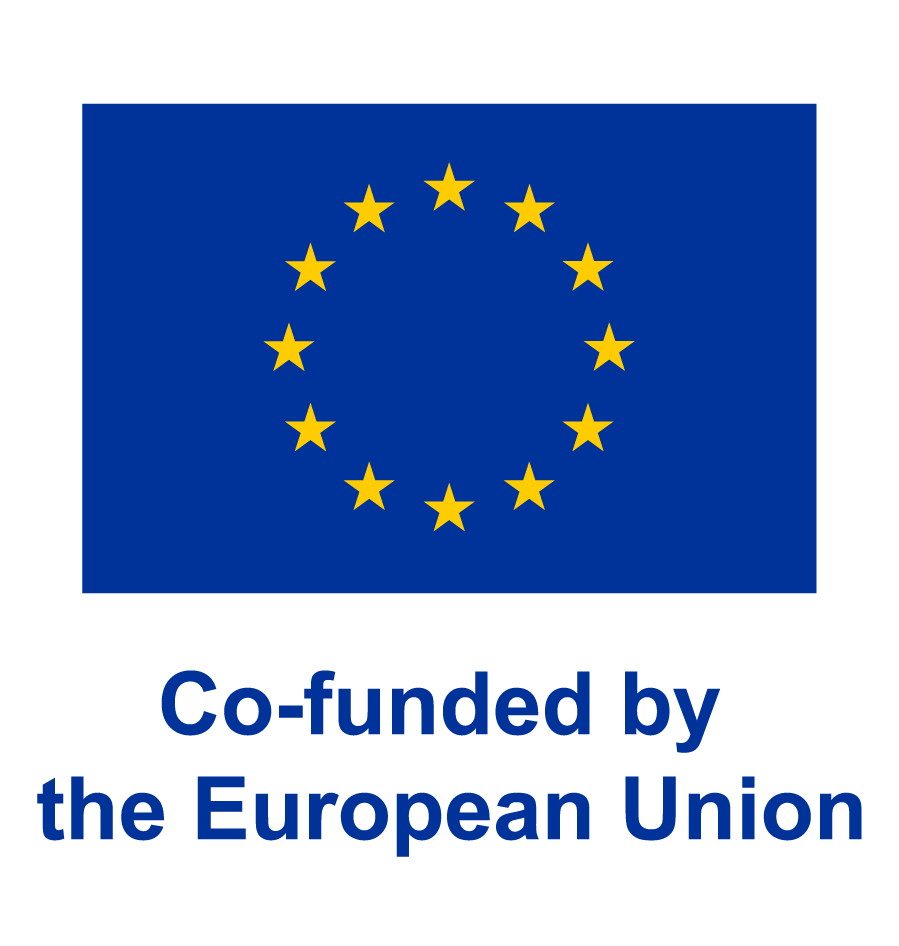A sensitive and selective method for the determination of selected pesticides in fruit by gas chromatography/mass spectrometry with negative chemical ionization
N. Belmonte Valles, M. Retamal, M. Mezcua, A. R. Fernandez-Alba
Journal of Chromatography A, 1264 (2012) 110- 116
Abstract
Multiresidue methods (MRMs) for pesticides residues determination in fruit and vegetables, based on GC-MS, are mainly performed in electron impact ionization mode. However an important group of them provide much better response working in negative chemical ionization mode due to the elimination of a high percentage of background signal.
Considering that a selective and sensitive method has been developed for the determination of multiclass pesticide residues in different commodities by GC-MS with a triple stage quadrupole analyzer (GC-TSQ-MS); the pesticide signal has been optimized in MS-MS whilst working in negative chemical ionization mode using methane as the reagent gas.
The proposed method was fully validated for 53 compounds in tomato, apple and orange matrices. The obtained limits of determination were lower than 0.1 µg/kg for more than 50% of the pesticides studied, and lower than 1 µg/kg for all pesticides studied, except for cypermethrin, boscalid, bifenthrin and deltamethrin. Linearity was studied in the 0.5-50 µg/kg range and a linear response was obtained for all pesticides in all matrices. Recoveries were evaluated at two different levels (1 and 50 µg/kg) and recoveries were ranged between 70 and 120% in tomato, apple and orange, except in the cases of chlorfenapyr, ofurace, chlozolinate, chlorothalonil, tolylfluanid and dichlofluanid with recovery values close to 60% at 1 µg/kg fortification levels. Repetitivity was evaluated and the relative standard deviation (RSD%) was lower than 10% in all cases.
The developed method was employed in the analysis of real samples intended for baby food and the obtained results showed that 50% of the samples were positive for different pesticide residues. The concentration range detected was between 5 and 100 µg/kg. The positive detection of OCs was particularly noticeable; these included chlorothalonil, fenhexamide, clorpyrifos and lambda cyhalothrin, which are very persistent and toxic with low acute reference dose. Endosulfan sulfate, which is not approved, was detected at a low concentration.
© 2012 Elsevier B.V. All rights reserved.
If you want to obtain the full text document, please contact with us:
Octavio Malato: omalato@ual.es (+34) 950 214 423
Carmen Ferrer: cferrer@ual.es (+34) 950 015 645
Published 16-10-2012, 12:41:21
Top of Page

